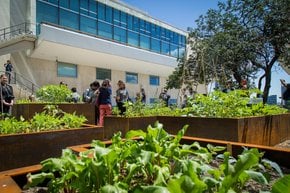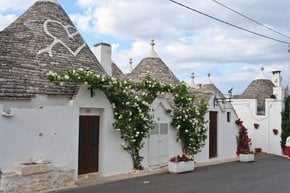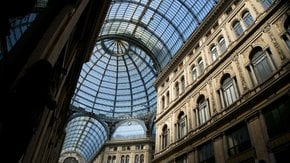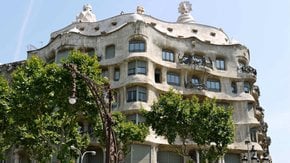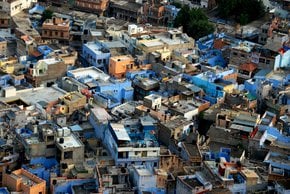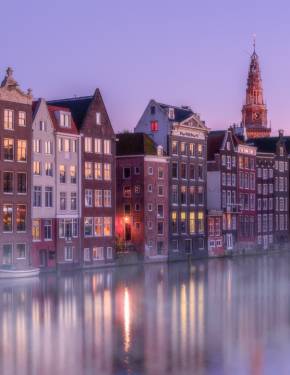Genetically Modified Little Mermaid in Copenhagen 2026
Copenhagen's got not one, but two Little Mermaids
Best time: April–October
The sculpture called "Little Mermaid" is one of Denmark's most visited tourist attractions. A Danish professor Bjørn Nørgaard got inspired by the famous Little Mermaid sculpture from H.C.Andersen's fairytale and created a sculpture group called "The Genetically Modified Paradise." Along with Little Mermaid, this group features a giant 40-tonne Triumphal Arch, the Genetically Modified Madonna, Adam, Christ, Maria Magdalena, Eve, The Tripartite Capital, and the Pregnant Man.
The local news describes this piece of art as "a provocative and humorous look at postmodern society," and it is true. Mermaid's unrecognizable head and elongated skeletal legs are a criticism of genetic alterations. The Genetically Modified Little Mermaid is located only a couple of hundred meters from its older sister, called the Little Mermaid. You can go there anytime and see the iconic Copenhagen sculpture for yourself.





